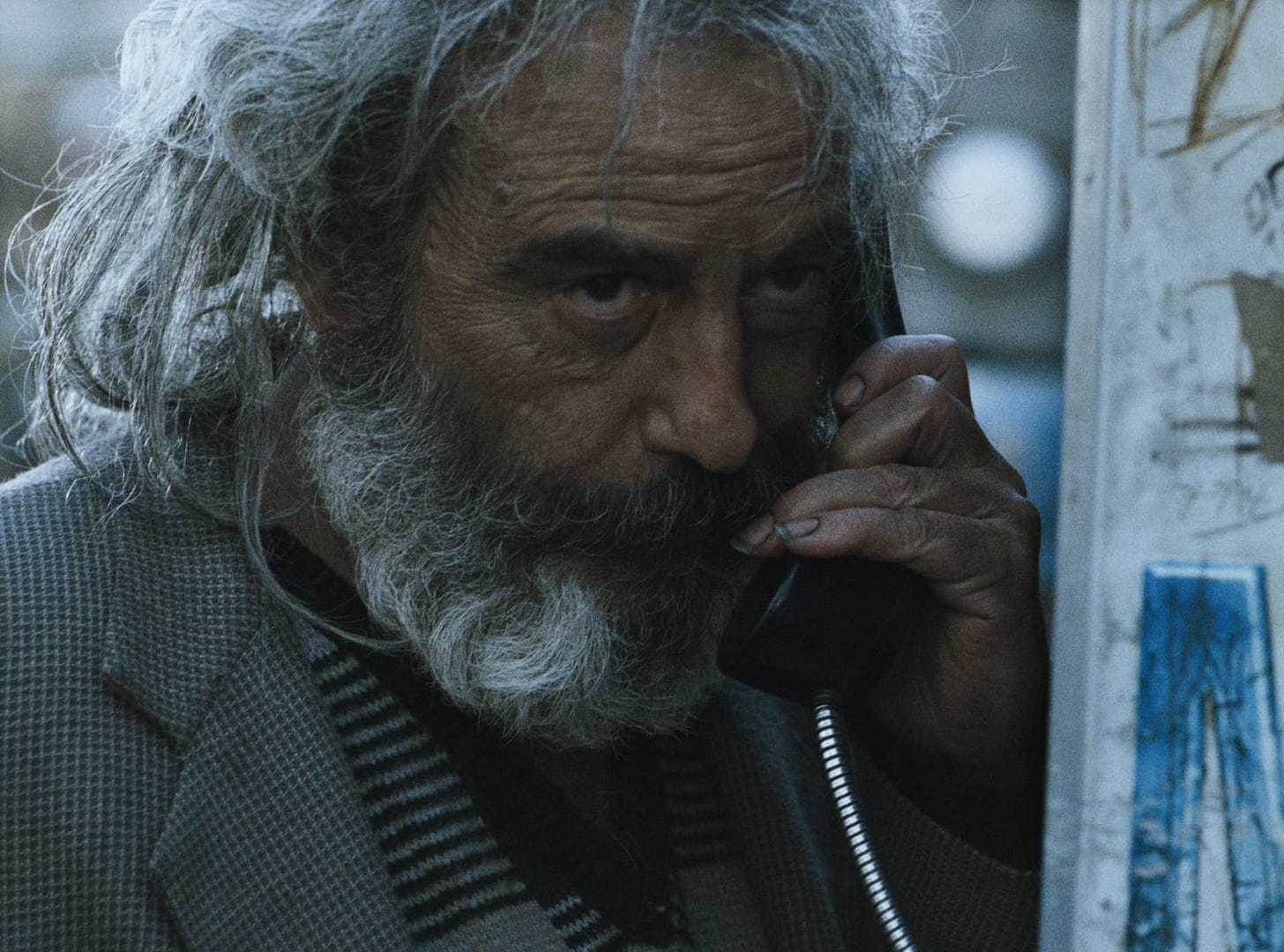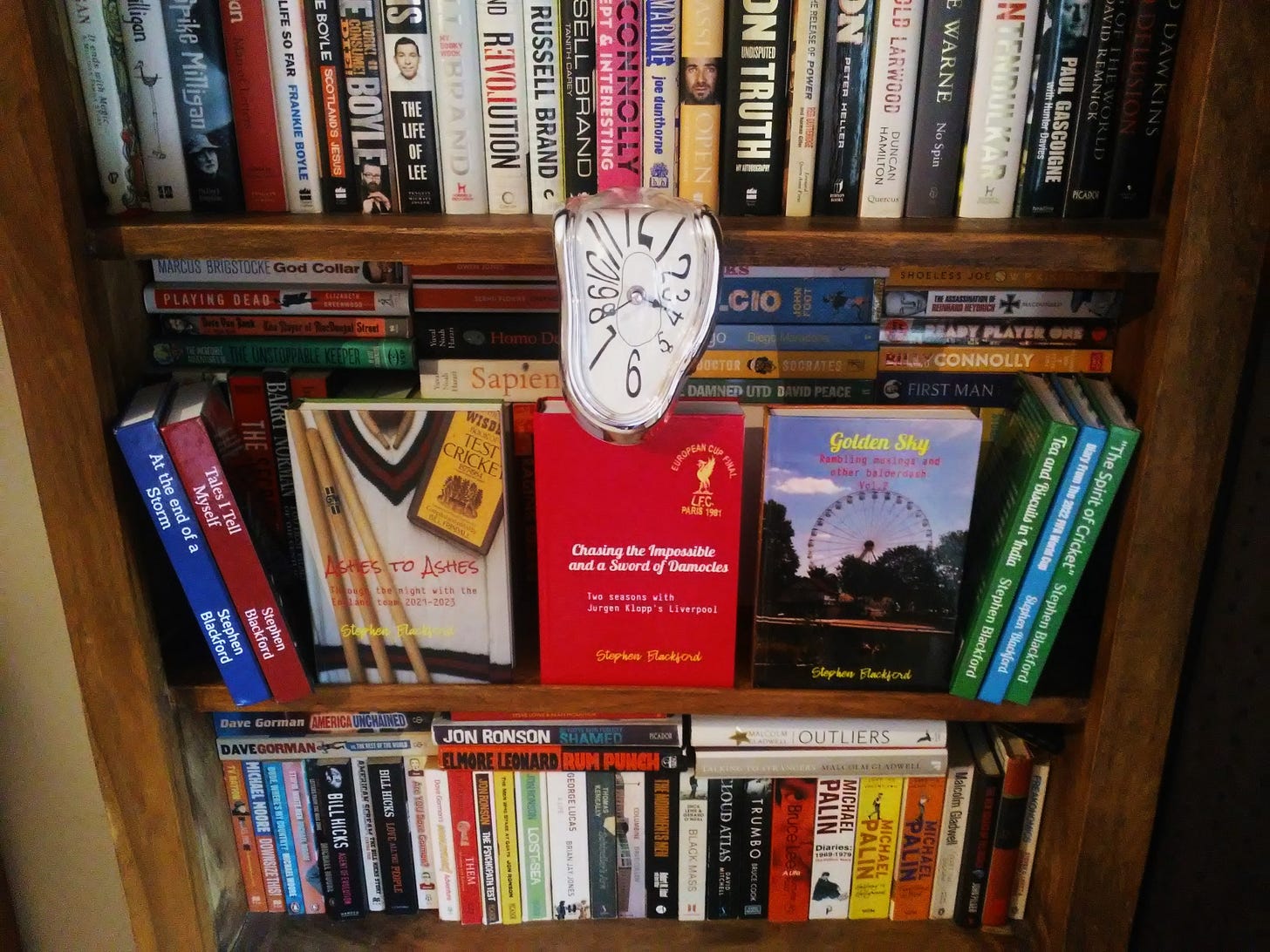
“Amores Perros” (or “Love’s a Bitch”) was both Alejandro González Iñárritu’s incredible debut film as well as the first in a self proclaimed “Trilogy of Death” films with 2003’s “21 Grams” and “Babel” three years later. I’ve argued in my ramblings here that his fourth film, “Biutiful”, in 2010, actually turned a trilogy into a quadrilogy of death films, but the Mexican born filmmaker would then radically depart from such bleak subject matter with the magnificent “Birdman” in 2014 before the Oscar behemoth “The Revenant” a year later.
I stumbled over “Amores Perros” late into an early morning and despite being completely in the dark with a subtitled foreign film, I was utterly transfixed. Over two decades on, this would have been seen as a somewhat risky film in 2000 reserved for the dead of night/early morning, but after immediately purchasing an American import of the DVD I’d truly started a cinematic love affair for a storyteller that’ll break your heart like no other!
"Amores Perros" - Youtube channel reading
"Amores Perros" - Rumble channel reading
"Amores Perros" - Original Review
"Alejandro Gonzalez Inarritu — Life in Six Films"
"The Essential Film Reviews Collection" Vol.1
So above you have links to both my Youtube and Rumble channel readings of my spoiler free review of “Amores Perros” and links to my original review, an opus blog article on the first six films of Mexican born filmmaker Alejandro González Iñárritu and a link to volume 1 (of 7) of my “Essential Film Reviews Collection” where you’ll also find the spoiler free review I’ve reproduced in full below.
“Amores Perros” (“Love’s a Bitch”) is entirely in Spanish and entirely enthralling.
The first five minutes set the scene perfectly: A flash forward/flashback opening depict a frenetic car chase, bloodied fighting dogs shown explicitly and fully while introducing the majority of the main characters before a violent car crash brings the opening, breathless scene to a conclusion.
Welcome to “Amores Perros”.
Three very different stories interweave throughout, with differing time lines (a constant Inarritu theme), as we follow a main story for each Act of the film. However the remaining two are often woven into the main story, sometimes subtly, sometimes deliberately not so, but always to great effect, and always to engage in the narrative.
Act One: “Octavio and Susanna”
“Octavio” (the excellent Gael Garcia Bernal) is idealistic and hopelessly in love with “Susana” (Vanessa Bauche) and desperate to run away with her and from the decrepit house they share with his Mother and Brother “Ramiro” (Marco Perez). However, Susana and Ramiro are married with a young child, and Susana is pregnant again. Both Brothers continually fight for the affections of Susana and provide varying ways of raising much needed money.
Act Two: “Daniel and Valeria”
“Daniel” (Alvaro Guerrero) is a magazine editor and publisher. Married, yet in love with his girlfriend “Valeria” (Goya Toledo) they share brief time together before Daniel leaves his wife to be with the woman he adores. Now free to be together, their early idealistic love affair becomes frayed and increasingly difficult.
Act 3: “El Chivo and Maru”
“El Chivo” (brilliantly portrayed by Emilio Echevarria) is a bedraggled vagrant, dirty and unclean and taking and using rubbish to survive. Forever pushing a shopping trolley filled with his wares and accompanied by several stray dogs, he appears to walk aimlessly through the streets. An ex Guerrilla fighter and prisoner, pronounced dead to his family, yet desperately seeking a reunion with his daughter “Maru” played by real life daughter Lourdes Echevarria.
Across all 3 Acts, the action is quickly edited and often jolting, from one seemingly unconnected scene to another. As one story dominates, the other two run concurrently and slowly the connections between three very different stories and three sets of unconnected people are drawn together. Common themes are prevalent throughout, from the obvious references to the title to life choices in general and how these dictate our life and those around us. Of coincidence, regret, loss and remorse. There are also key scenes (plot spoilers aside) where our surroundings and what we surround ourselves in are a key device. All three love stories are consumed with surroundings, from Octavio and his desperate desire to escape, similarly Valeria in Act 2 and the constant showing of her picture on the building opposite and even the pictures within the apartment. El Chivo is surrounded by both his dogs on whom he dotes, to being surrounded in regret, loss and pain.
All 3 acts share the disparity between despair and hope, a vision for the future blurred by the present every day situation. One character however belies this truism of the film brilliantly. Dogs feature prominently in each narrative, again on vastly different ends of the spectrum. Being used as a fighting tool and a means to earn money to being utterly adored and worshipped. Woven throughout with explicit bloody violence and murder, this though is a character piece, a thrilling ride, and a masterpiece of a film.
Written by Guillermo Arriaga, who would go on to pen Inarritu’s next two films, it was also nominated for Best Foreign Language film at the 2000 Oscars.
Thanks for reading. If you like the premise of this absurd idea of “Read Along”, then you might also enjoy:
"True Romance" (1993) - Read Along
"Red State" (2011) - Read Along
"Shallow Grave" (1994) - Read Along






